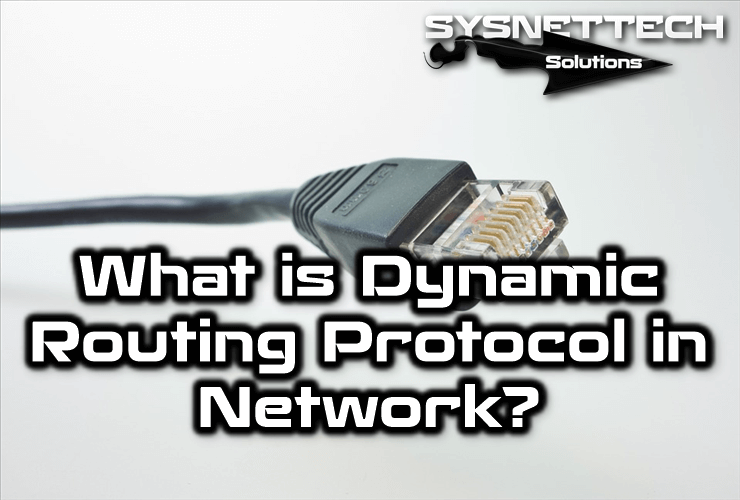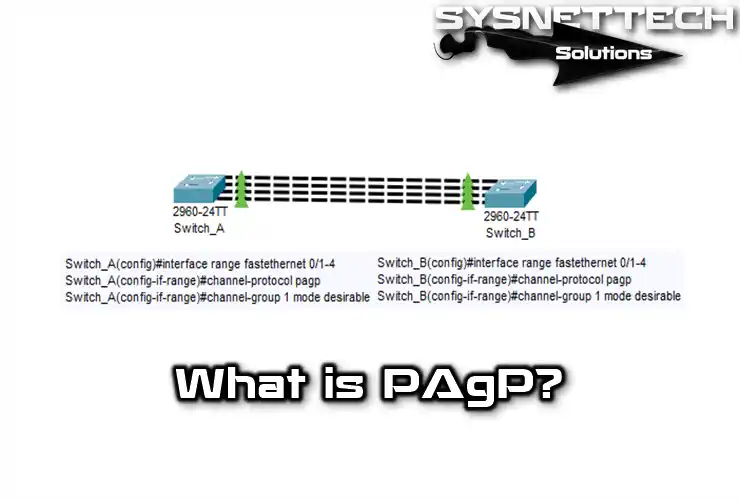Dynamic Routing works more specifically than Static. The static routes are manually configured, and the Router automatically creates dynamic routes.

What is Dynamic Routing?
The dynamic routes created are propagated by hello packets sent between routers at regular intervals. So, the topology map of the network is automatically shared between the Routers.
The subnets connected to each Router on the network are added once, and the Routers then share the routing table among themselves.
As a result of errors on the network, routes are recalculated, and routers are updated on the routing tables. For example, suppose a Router on the network fails. In that case, the other devices will wait for this destination for a certain period and update the routing tables after the time-out to remove the route from the topology tables.
When a new Router is added to the network environment, it can join the network immediately thanks to dynamic protocols. If a static route is configured on the new device instead of a dynamic protocol, the workload and time will increase considerably.
Dynamic protocols learn and discover all networks and record the best routes in their routing tables. The process by which a protocol calculates the best route is called the Routing Algorithm.
What are Routing Algorithms?
- Distance Vector
- Link State
- Cisco-Specific Hybrid Routing Protocol (Hybrid)
1. Distance Vector
The Distance Vector selects the best path to the destination network. Each Router it passes is called a hop. Hop Count, which is the lowest number, is considered the best route. Vector indicates the direction of the remote network. For example, The RIP protocol is a Distance Vector routing protocol.
2. Link State
The Link State routing protocol is also called Shortest-Path-First. In this algorithm, routers maintain three separate tables. These;
- The topology of the Whole Network
- Neighboring Devices
- Routing Table
The Link State routing protocol is more advanced than the Distance Vector routing protocol. For example, OSPF is a link-state protocol.
3. Hybrid
This structure uses both the Distance Vector and the Connection State protocol. The EIGRP protocol for the hybrid is an example.
Configuration of Dynamic Protocols – Video Tutorial
- RIP Routing ⇒ Video
With the Packet Tracer network simulator, you can watch the video below to configure RIP on Routers and also subscribe to our YouTube channel to support us!
- EIGRP Routing ⇒ Video
Watch the video below to configure EIGRP on routers.
- OSPF Routing ⇒ Video
Watch the video below to configure OSPF on routers.
Final Word
In this article, we explain Dynamic Routing algorithms. You can test and better understand these algorithms by creating a network topology. Thanks for following us!



